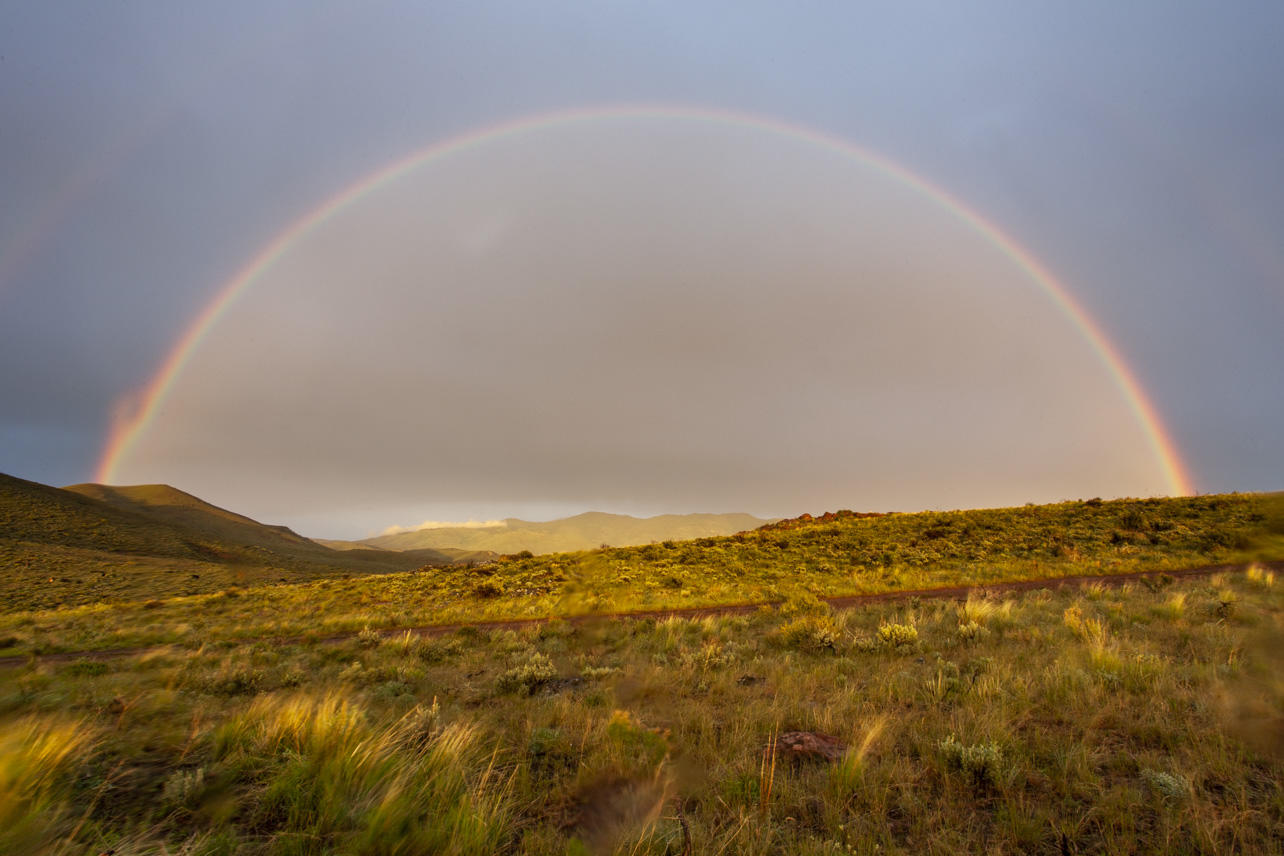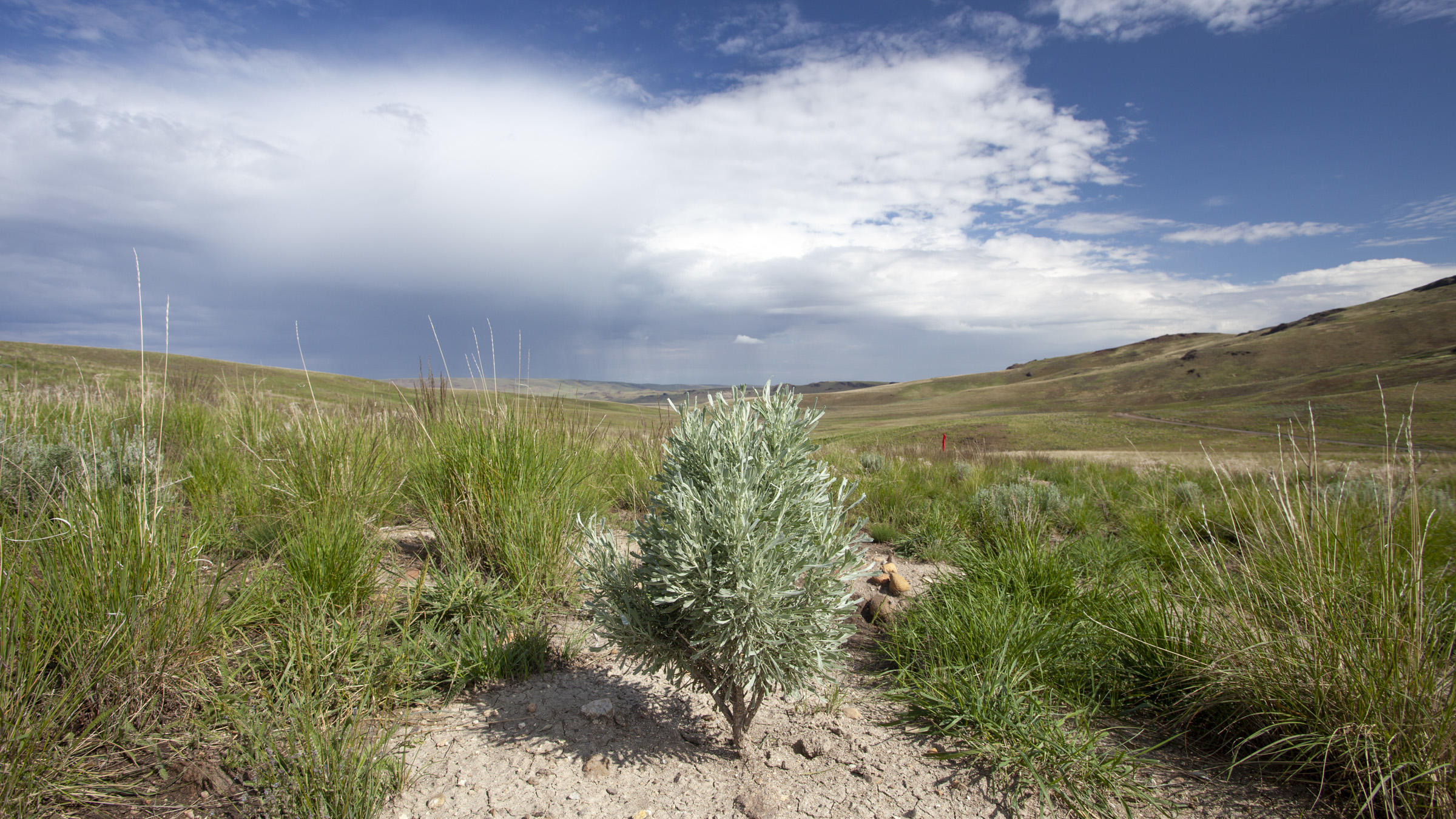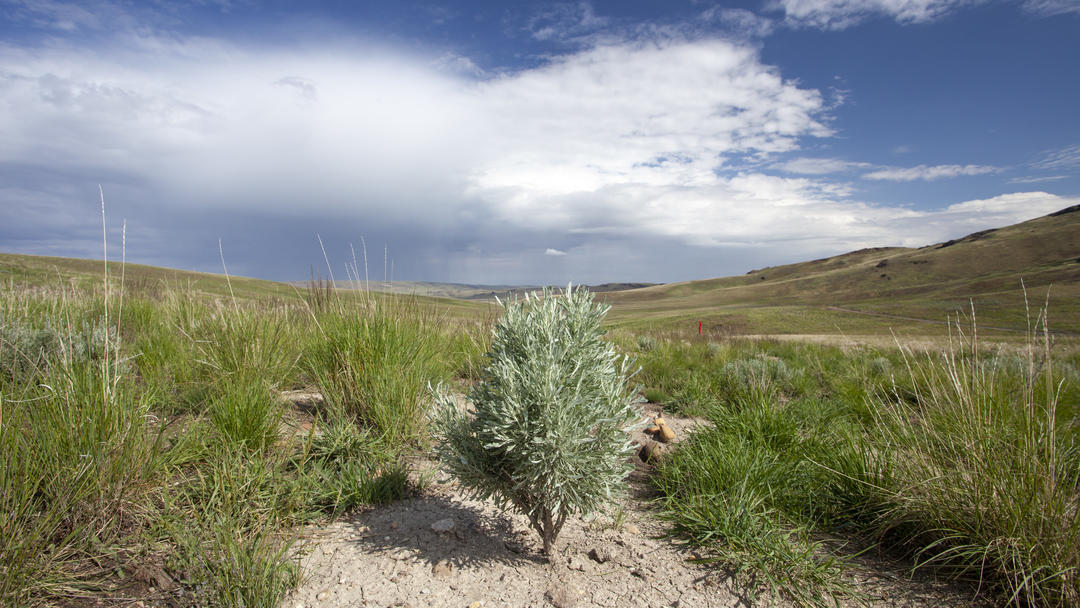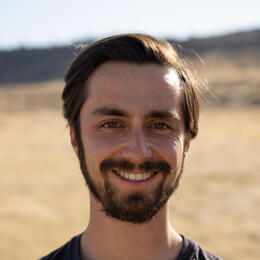The sagebrush may not be as sought out as mountains or coastlines, but it does hold a fascinating community of birds that you can’t find anywhere else. Sagebrush Sparrows, Sage Thrashers, Brewer’s Sparrows, and of course, sage-grouse depend on healthy sagebrush landscapes, as do more than 350 other species of plants and animals in 13 states. That iconic habitat is at serious risk, however, from grass.
Yes, grass. Cheatgrass (Bromus tectorum) is an extremely invasive grass from Eurasia that’s sweeping through America’s sagebrush ecosystem. More than 70 million acres in the Great Basin have become infested, according to the Western Association of Fish and Wildlife Agencies, and this has serious implications for birds, other wildlife, and agricultural economies. Ann Moser, a wildlife staff biologist with Idaho Fish and Game, explains what makes this plant so aggressive:
Their quick life cycle and prodigious seed production enable cheatgrass to quickly outcompete native plants across large areas. Cheatgrass threatens to not only degrade sagebrush habitat, but also incinerate it. Each year, the vast blankets of cheatgrass dry out early in the summer, effectively dousing the sagebrush with gasoline. Once a fire starts in infested habitat, it burns more intensely and frequently than without cheatgrass. Fire return intervals have gone from 60-110 years to less than five, according to Utah State University. The elevated heat and frequency are enough to kill sagebrush, which isn’t adapted to withstand these conditions.
In 2015, we saw this happen during one massive fire. That summer, more than 430 square miles burned in the Soda Fire southwest of Boise, Idaho. The fire created significant economic losses and virtually eliminated sagebrush from most of the burned area. Birds like Greater Sage-Grouse are feeling the impacts through high predation rates, explains Moser:
The Soda Fire was undoubtedly a disaster, but there also was a silver lining in the lessons that have been learned. After the fire, a diverse coalition of partners undertook a precedent-setting effort to rehabilitate native sagebrush plants before cheatgrass could take over. Cheatgrass is quick to reestablish in burned areas, which means it has the potential to create a vicious cycle of fire. After the Soda Fire, the coalition worked extremely hard to prevent that from happening.
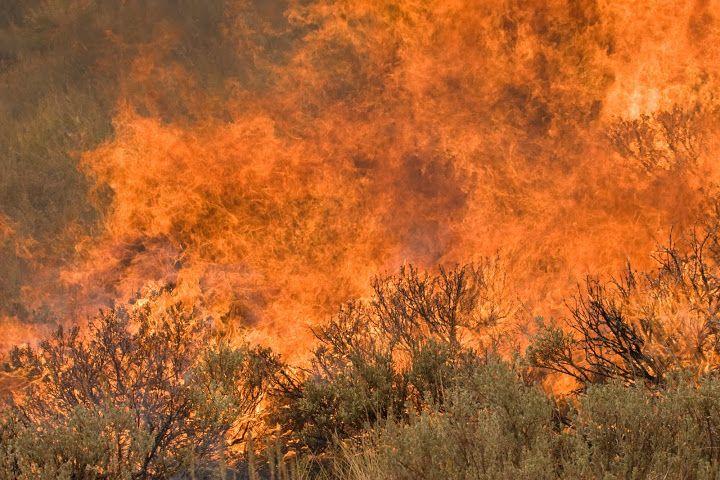
Staff from the Bureau of Land Management, US Fish and Wildlife Service, Natural Resources Conservation Service, Idaho Department of Lands, Idaho Department of Fish and Game, and the Governor's Office of Species Conservation worked together to implement one of the largest sagebrush rehabilitation projects ever. This included controlling cheatgrass with herbicide, seeding native perennial bunchgrasses and sagebrush, and hand-planting sagebrush—often with multiple iterations. Equally exciting was the extensive monitoring that guided this work and yielded insights that can be applied to other locations:
"...because we were working as partners, we really had a good understanding of how things were going on the landscape."
Conserving birds and their habitat on a landscape scale depends on collaboration. There are many things in the West that divide us, but the Soda Fire showed us that we can unite around a common value: a healthy sagebrush landscape.
